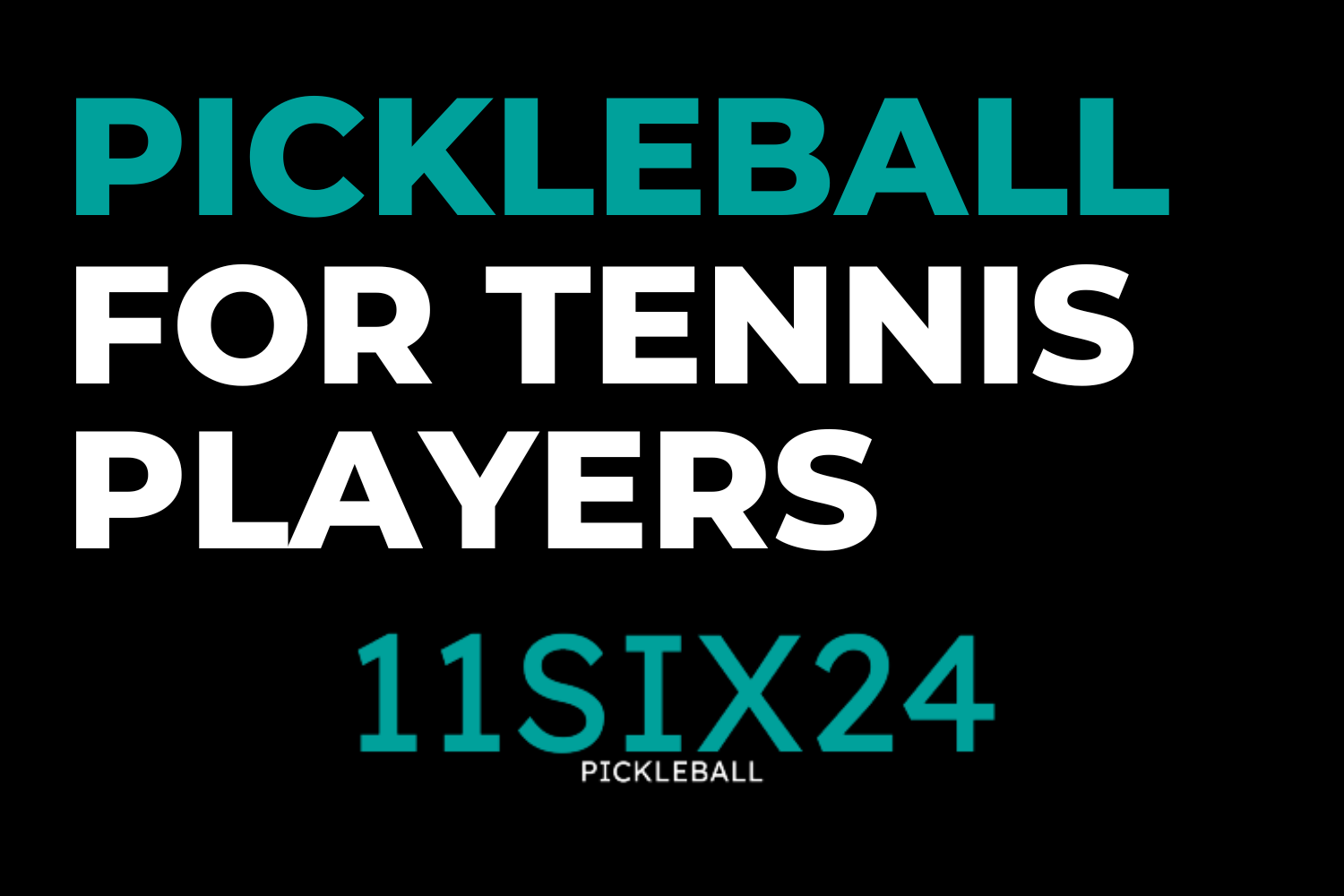Pickleball for Tennis Players: Making the Transition and Understanding Key Differences

Pickleball, a sport that combines elements of tennis, badminton, and table tennis, has been gaining popularity in recent years. With its easy-to-understand rules and social nature, it's no wonder that more and more tennis players are giving it a try. In this article, we will explore the key differences between tennis and pickleball, as well as provide tips and strategies for tennis players looking to make the transition.
Key Differences Between Tennis and Pickleball
Court Size and Layout
One of the most noticeable differences between tennis and pickleball is the size of the court. A pickleball court is significantly smaller than a tennis court, measuring 20 feet wide by 44 feet long. This smaller size enables quicker gameplay and facilitates more social interaction between players.
In addition to the size difference, the layout of pickleball courts also varies from tennis courts. Specifically, the non-volley zone (also known as the "kitchen") is a seven-foot section on either side of the net where players cannot hit the ball out of the air (volley). This unique aspect of pickleball adds a new level of strategy to the game.
Equipment
Pickleball utilizes different equipment than tennis. Instead of a racquet, players use a solid paddle made from wood, composite, or graphite materials. The ball, which is similar to a wiffle ball, is made from durable plastic with holes to allow for air resistance.
Scoring System
Pickleball has a unique scoring system compared to tennis. Points are only scored by the serving team, and games are played to 11 points, with a two-point margin needed to win. Additionally, players must announce the score before each serve, ensuring all players are aware of the current score.
Serve and Ball Bounce
In pickleball, the serve is performed underhand, striking the ball below the waist. This creates a more level playing field for players of varying skill levels. Additionally, the ball must bounce once on each side of the court before volleys can occur, making for longer, more controlled rallies compared to tennis.
Tips for Tennis Players Transitioning to Pickleball
Adjust Your Swing
One of the first adjustments tennis players need to make is adapting their swing for pickleball. Due to the smaller court size and different ball, players should focus on shorter, controlled swings with an emphasis on placement over power.
Master the Dink Shot
The dink shot, a soft shot that lands in the opponent's non-volley zone or "kitchen," is a crucial pickleball strategy. Learning to execute this shot effectively will help tennis players control the pace of the game and force their opponents into difficult positions.
Practice Patience
With the unique scoring system and ball bounce rules, pickleball rallies tend to be longer than tennis rallies. Tennis players should practice patience, waiting for the right opportunity to attack or force their opponents into making an error.
Embrace the Social Aspect
One of the key attractions of pickleball is its social nature. Enjoy the camaraderie and friendly competition, and use the opportunity to learn from other players to improve your game.
Making the transition from tennis to pickleball can be a fun and rewarding experience. By understanding the key differences between the two sports and adjusting your strategy accordingly, you'll be well on your way to becoming a skilled pickleball player. So grab your paddle and hit the courts!

